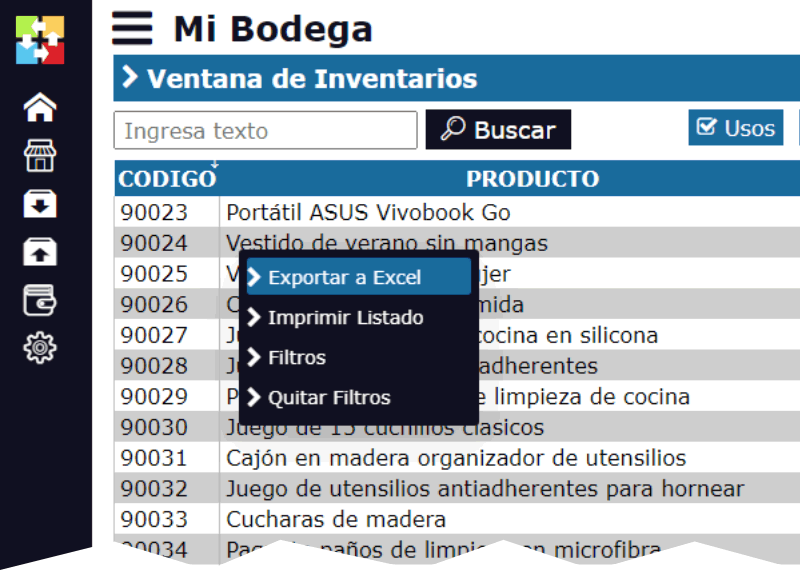How did 18th-century pirates keep accounts?: Techniques for sharing plunder
The image of 18th-century pirates as ruthless and lawless plunderers is one of the most deeply ingrained in popular culture. However, behind this façade of violence and anarchy, there existed a surprisingly sophisticated system of management and booty distribution. In this article, we will explore how 18th-century pirates kept accounts and distributed their booty, and what techniques they used to maintain harmony and justice on board.

The importance of booty distribution
Booty distribution was a crucial issue for 18th-century pirates. Most pirates were poor and desperate men who joined pirate crews in search of wealth and adventure. The booty was the reward for their efforts and risks, and its distribution was fundamental to maintaining the motivation and loyalty of the crew.
The booty distribution system
The booty distribution system used by 18th-century pirates was relatively complex. The following are the general steps that were followed:
- Valuation of the booty: After capturing a ship, the pirates valued the booty and divided it into categories, such as gold, silver, jewels, clothing, arms, etc.
- Distribution of the booty: The booty was distributed among the crew according to an established system of proportions. Generally, the captain and officers received a larger proportion of the booty than the sailors and soldiers.
- Paying debts: Before distributing the booty, the pirates paid the debts they had incurred with other pirates or merchants. This included paying loans, debts for services, and other expenses.
- Crew reserve: A portion of the booty was reserved for the crew, which was used to cover expenses and basic needs, such as food, clothing, and arms.
Accounting techniques
18th-century pirates used various accounting techniques to keep an accurate record of the booty and expenses. The following are some of the most common techniques:
- Accounting books: Pirates used accounting books to record all transactions related to the booty, including valuation, distribution, and debt payment.
- Accounting cards: Pirates also used accounting cards to record daily transactions. These cards were used to keep an accurate record of expenses and income.
- Treasury accounts: Pirates designated a treasurer to manage the booty and expenses. The treasurer was responsible for keeping an accurate record of transactions and informing the captain and crew about the state of the finances.
Conclusion
In summary, 18th-century pirates kept accounts and distributed their booty in a surprisingly sophisticated way. The booty distribution system and accounting techniques they used were fundamental to maintaining harmony and justice on board. Although the image of pirates as ruthless plunderers is one of the most deeply ingrained in popular culture, the reality is that they were men who strove to create a system of management and booty distribution that was fair and equitable for all.






